Disclosure: This article contains affiliate links. We may earn a commission from purchases at no extra cost to you, which helps our travel content.
When I left Silicon Valley's frenetic pace for Sheffield's gentler rhythms five years ago, I promised myself more intentional travel—journeys that would connect technological innovation with cultural preservation. This autumn, I embarked on perhaps my most revealing expedition yet: a two-week temple exploration from Singapore's meticulously preserved Chinatown district to the UNESCO-protected spiritual haven of Luang Prabang, Laos. What fascinates me about these sacred spaces isn't just their architectural splendor or historical significance, but how they function as living interfaces between past and present—much like well-designed user experiences in my professional world. Each temple tells a story of adaptation, of traditions finding their place amidst modernity's relentless march. For couples seeking connection beyond the typical romantic getaway, this itinerary offers something profoundly intimate: shared wonder at humanity's enduring spiritual ingenuity.
Singapore's Chinatown: Where Tradition Meets Tomorrow
Chinatown in Singapore isn't just a neighborhood; it's a masterclass in cultural preservation within one of Asia's most forward-thinking cities. My journey began at the Buddha Tooth Relic Temple—a structure that, despite its traditional Tang dynasty architectural style, was only completed in 2007. The juxtaposition is striking: ancient design principles executed with modern engineering precision, housing a relic in a thoroughly contemporary setting.
What makes Singapore's sacred spaces particularly fascinating is their proximity to ultramodern surroundings. Within minutes of leaving the hushed reverence of Thian Hock Keng Temple (Singapore's oldest Hokkien temple), you're surrounded by skyscrapers housing fintech startups. This seamless integration reminds me of San Francisco's Chinatown cable cars—heritage systems functioning within cutting-edge urban environments.
Don't miss Sri Mariamman Temple, Singapore's oldest Hindu temple, where I spent an afternoon photographing the intricate gopuram (entrance tower) with my mirrorless camera. The camera's silent shooting mode proved invaluable for capturing candid moments of devotion without disrupting the sacred atmosphere.
Perhaps most moving was my visit to the Nagore Dargah Indian Muslim Heritage Centre—once a shrine, now a museum. It perfectly encapsulates Singapore's approach to cultural preservation: honor the past while adapting spaces for contemporary relevance.
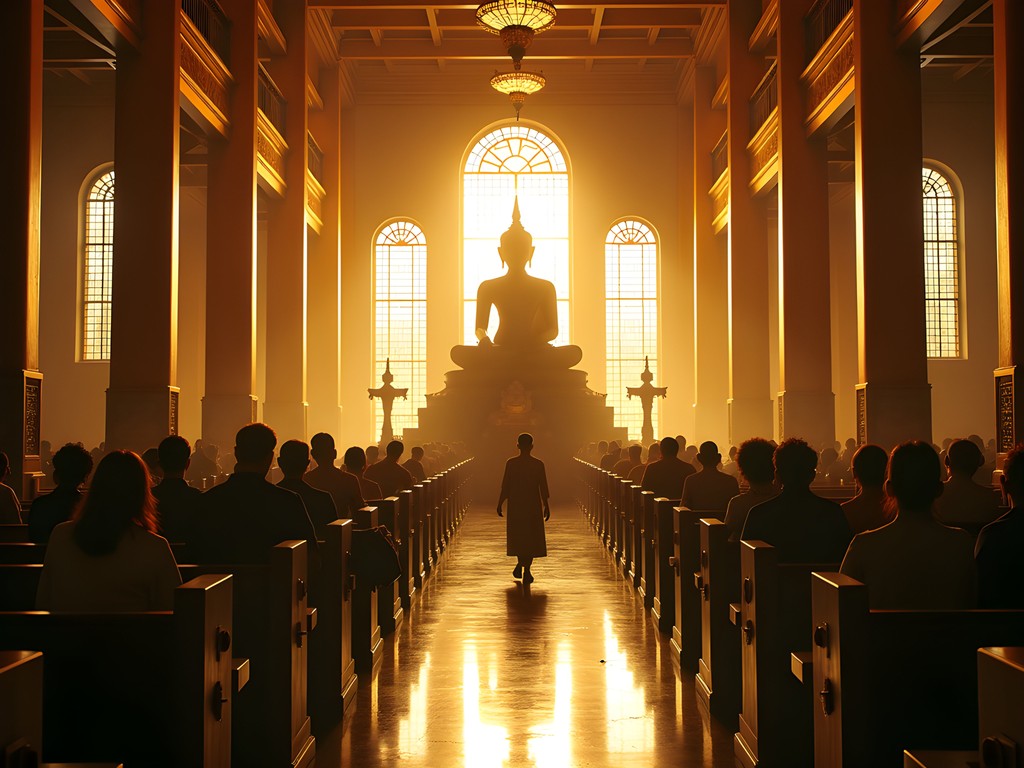
💡 Pro Tips
- Visit Buddha Tooth Relic Temple early (7am) to witness morning chanting ceremonies
- Download the Culture Trip app for self-guided walking tours connecting multiple temples
- Many temples require modest dress—pack a light scarf to cover shoulders when needed
Transitioning North: Malaysia's Temple Corridor
My journey northward took me through Malaysia, where I discovered the perfect transitional spaces between Singapore's polished preservation and Laos' ancient authenticity. In Malacca, the Cheng Hoon Teng Temple (Malaysia's oldest functioning Chinese temple) offered a glimpse into how Chinese religious practices adapted to Southeast Asian contexts.
The most profound experience came in Penang's George Town, where I spent three days exploring its UNESCO Heritage zone. Khoo Kongsi, with its elaborate clan house and theatrical stage, demonstrates how temples serve multiple community functions beyond worship. The nearby Kek Lok Si Temple—Southeast Asia's largest Buddhist temple—provides a dramatic counterpoint with its seven-story pagoda blending Chinese, Thai, and Burmese architectural elements.
While temple-hopping in Malaysia, I found my travel daypack indispensable. Its padded tablet sleeve protected my travel journal while the side pockets kept water bottles accessible during humid afternoons exploring George Town's heritage zone.
What struck me most was Malaysia's religious pluralism. Within a single afternoon in Kuala Lumpur, couples can visit the blue-jeweled Masjid Jamek mosque, the elaborate Sri Mahamariamman Temple, and the incense-filled Sin Sze Si Ya Temple. Each sacred space exists in respectful proximity to the others—a powerful reminder that diversity can be a cultural strength rather than a source of conflict.
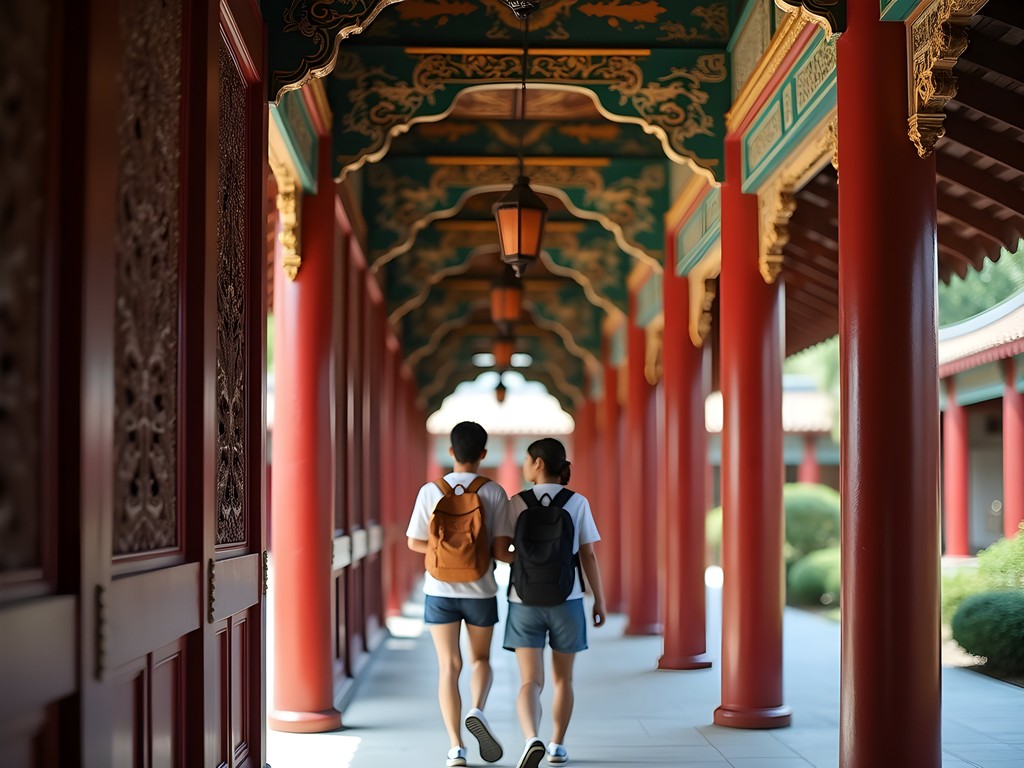
💡 Pro Tips
- In Penang, hire a local guide through the Heritage Traders association for insider access to temple histories
- Visit Kek Lok Si during Chinese New Year when it's decorated with thousands of lanterns
- Many Malaysian temples close mid-afternoon (2-4pm) for cleaning—check opening times in advance
Luang Prabang: Ancient Rhythms in a Digital Age
Arriving in Luang Prabang feels like stepping into another century—until you notice monks photographing ancient stupas with smartphones. This UNESCO World Heritage city, nestled at the confluence of the Mekong and Nam Khan rivers, represents the culmination of my temple journey, where sacred spaces remain central to daily life rather than preserved as cultural artifacts.
Wat Xieng Thong, Luang Prabang's most revered temple, dates to the 16th century and exemplifies classical Laotian temple architecture with its sweeping rooflines and intricate mosaics. Unlike Singapore's temples, which often function as cultural showcases, Luang Prabang's 33 wats remain working monasteries where approximately 1,000 monks and novices live and study.
The morning alms-giving ceremony (tak bat) offers couples a profound shared experience. Rising before dawn, I joined locals in offering sticky rice to the saffron-robed procession of monks. I captured this ethereal moment using my low-light lens, which handled the challenging pre-dawn lighting beautifully without requiring intrusive flash photography.
What I found most fascinating was observing how these ancient spaces accommodate modern realities. At Wat Mai Suwannaphumaham, young monks practice English with tourists while maintaining centuries-old meditation practices. In Wat Visoun, Laos' oldest temple, I watched a novice monk troubleshoot the temple's WiFi router—a perfect encapsulation of tradition adapting to present needs without losing its essence.
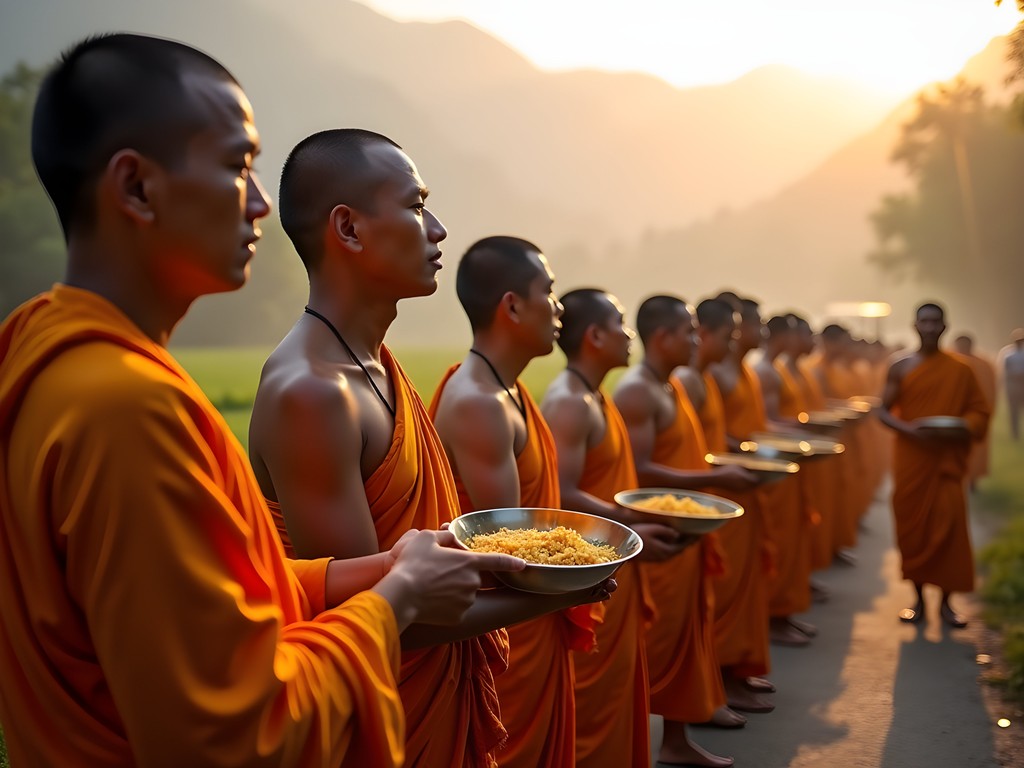
💡 Pro Tips
- For the alms ceremony, purchase offerings from local markets rather than tourist vendors
- Visit Phousi Hill temple at sunrise rather than sunset to avoid crowds
- Many smaller temples close during lunch hours when monks are eating their final meal of the day
Sacred Spaces as Living Interfaces
As an instructional designer, I'm trained to create interfaces that connect users to information systems. Throughout this journey, I realized temples function similarly—they're interfaces connecting people to spiritual systems, cultural heritage, and community identity. What makes this journey particularly meaningful for couples is how these spaces invite shared contemplation.
In Singapore's Chinatown, I watched partners help each other decode the meaning of temple motifs using translation apps on their phones—technology enhancing rather than diminishing the spiritual experience. In Malaysia's clan temples, I observed couples discussing their own family histories, prompted by ancestral shrines. And in Luang Prabang, I noticed how shared moments of quiet reflection seemed to deepen connections between traveling partners.
For documenting these sacred spaces respectfully, I relied heavily on my travel tripod. Its compact size allowed me to capture low-light temple interiors without flash, while its stability was perfect for longer exposures that captured the atmospheric quality of incense-filled halls.
What struck me most was how each temple, regardless of religious tradition, creates a contemplative space where time slows down. In our hyper-connected world, these sacred pauses offer couples something increasingly rare: uninterrupted presence with each other and with something larger than themselves. The temple architecture—with its deliberate progression from noisy exterior to quiet inner sanctum—mirrors the journey from external distraction to internal awareness that strengthens relationships.

💡 Pro Tips
- Create a shared journal documenting your impressions of each sacred space
- Practice respectful photography—always ask permission and observe local customs about where cameras are allowed
- Schedule decompression time after temple visits to discuss and process what you've experienced together
Practical Considerations for Temple-Hopping Couples
Temple-hopping through Southeast Asia requires thoughtful preparation, particularly for couples who want to balance cultural immersion with relationship nurturing. After numerous trips through the region, I've developed a system that enhances both.
First, consider pacing. Temple fatigue is real—even for cultural enthusiasts. I recommend visiting no more than two major temples daily, with ample time for reflection between visits. In Singapore, intersperse temple explorations with walks through the adjacent shophouse districts. In Luang Prabang, schedule afternoon breaks at riverside cafés where you can journal about your morning temple experiences.
Second, dress appropriately while staying comfortable. Most temples require covered shoulders and knees for all genders. I've found lightweight, quick-drying fabrics essential for Southeast Asia's humidity. My travel uniform typically includes loose cotton pants and a light top, plus a travel scarf that doubles as shoulder covering when needed and has a hidden pocket for storing small valuables.
Third, consider hiring local guides selectively. While I generally prefer independent exploration, temple guides can provide cultural context that deepens your experience. In Luang Prabang, I hired a former monk through Orange Robe Tours who offered insights into monastic life I couldn't have gained otherwise.
Finally, respect religious practices. Many temples remain active places of worship, not merely tourist attractions. Observe silence when appropriate, ask permission before photographing practitioners, and participate in rituals only when invited. These considerations not only show respect but also create space for more authentic cultural connections.
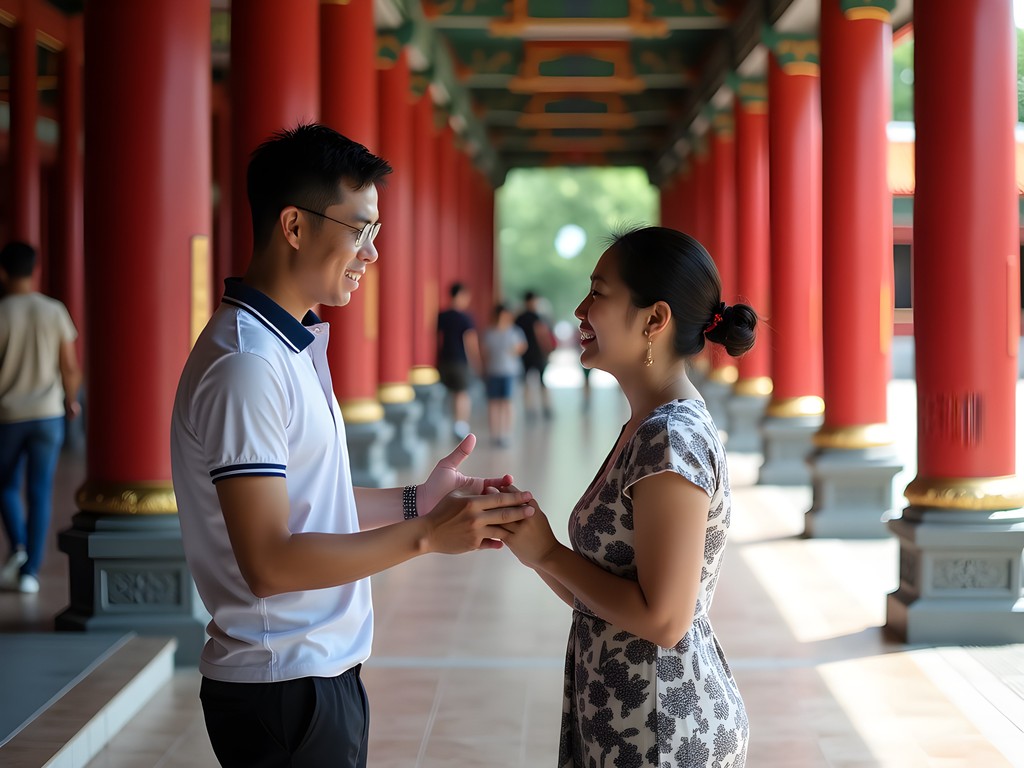
💡 Pro Tips
- Download temple floor plans before visiting to understand the symbolic progression through spaces
- Carry small denominations of local currency for donation boxes
- Schedule temple visits for early morning or late afternoon to avoid both crowds and midday heat
Final Thoughts
As my temple journey concluded back in Singapore—completing a spiritual circuit from modern innovation to ancient tradition and back again—I found myself reflecting on what makes these spaces so powerful for traveling couples. Perhaps it's that temples, regardless of faith tradition, invite us to step outside our individual concerns and connect with something larger than ourselves—exactly what meaningful relationships ask of us as well. Whether you're drawn to the technological precision of Singapore's restored temples or the ancient rhythms of Luang Prabang's monastic communities, this journey offers couples a shared vocabulary of spiritual wonder that enriches long after you've returned home. The next time someone suggests a romantic beach getaway, perhaps suggest this alternative: a journey through sacred spaces that might just strengthen your connection to each other as much as to the cultures you're exploring.
✨ Key Takeaways
- Temple-hopping offers couples shared contemplative experiences that deepen connection
- The journey from Singapore to Luang Prabang showcases how sacred spaces adapt to modernization
- Understanding proper temple etiquette enhances cultural immersion
- Sacred architecture creates intentional transitions from external noise to internal quiet—beneficial for relationship reflection
📋 Practical Information
Best Time to Visit
October-November (post-monsoon, pre-tourist season)
Budget Estimate
$3,000-4,000 per couple for two weeks (excluding international flights)
Recommended Duration
12-14 days (3 days Singapore, 5-6 days Malaysia, 4-5 days Luang Prabang)
Difficulty Level
Moderate (Involves Multiple Border Crossings And Varied Transportation)
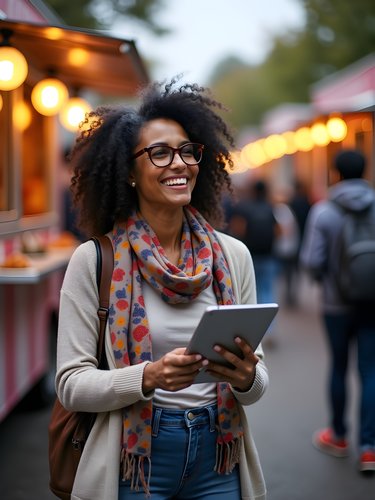
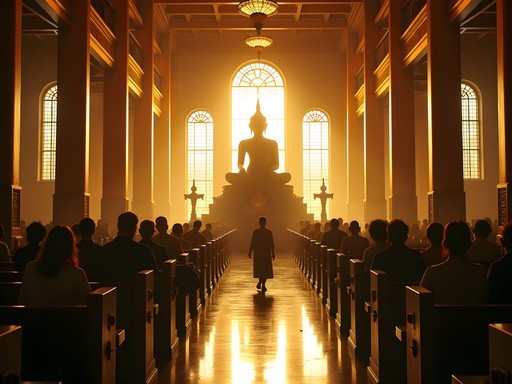
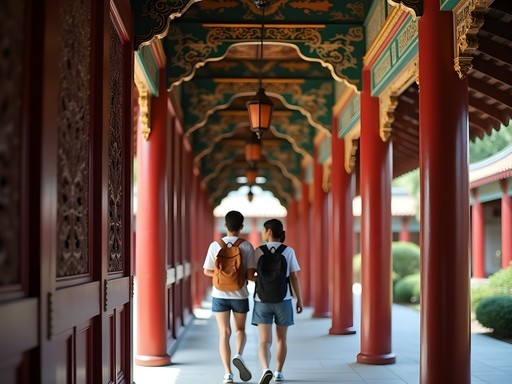

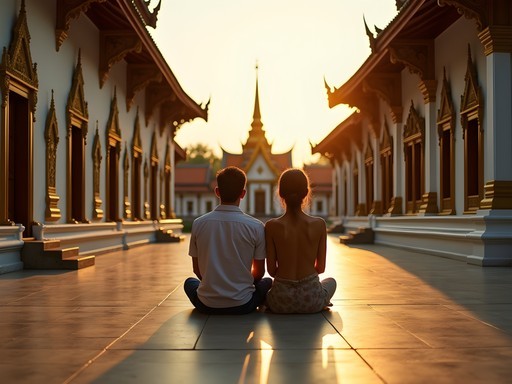











Comments
photozone
Your temple photos are stunning! What camera setup did you use for those low-light interior shots? I always struggle with temple photography.
Naomi Wilson
Thank you! I actually used my phone for most shots - Google Pixel with night mode for interiors. The key was finding stable surfaces instead of handheld. For a few special shots, I used a small tripod and my mirrorless camera with a wide aperture lens. But honestly, the phone did surprisingly well!
Claire Hawkins
Your journey mirrors what we experienced last year with our kids (8 and 10). We were worried about temple fatigue, but the contrast between Singapore's high-tech Buddha Tooth Relic Temple and Luang Prabang's ancient simplicity kept them engaged. Our children were fascinated by the juxtaposition of monks with smartphones in Luang Prabang! We found the morning market in Luang Prabang to be a spiritual experience in its own way - the careful arrangement of produce, the quiet transactions. Did you try the dawn climb up Mount Phousi? Standing there as the mist lifted over the Mekong while the temples below slowly emerged from darkness was one of those moments where technology felt irrelevant. I used my travel journal to sketch the temples instead of just photographing them, which helped me notice details I would have missed.
springwalker
How did you handle the transition between such different places? Did you find any common threads between Singapore's modern temples and the ancient ones in Luang Prabang? I've done Southeast Asia but never connected these destinations in one trip.
Naomi Wilson
The transition was fascinating! Despite the obvious differences, I found the intention behind worship remained consistent. In both places, people seek connection to something greater than themselves. The methods and aesthetics change, but that human desire for meaning doesn't.
summerking
What's the dress code like for visiting these temples? I'm planning a trip next month and don't want to be disrespectful.
Naomi Wilson
Great question! For all temples, you'll want covered shoulders and knees. I kept a light scarf in my bag for places with stricter rules. In Luang Prabang especially, modesty is really important.
springwalker
I always pack a lightweight sarong in my daypack when temple hopping - works as a skirt, shoulder cover, or even a small blanket for outdoor meditation spaces!
wildqueen
Those temples are gorgeous! Adding this to my bucket list immediately!
Bryce Diaz
Naomi, your perspective on temples as 'living interfaces' really resonated with me. I did a similar journey last year, though I started in Bangkok instead. What struck me most about Luang Prabang was how the morning alms ceremony continues despite tourism - that delicate balance between tradition and modern influence. Did you participate in that? I found myself waking at 4:30am just to witness it from a respectful distance. The contrast between Singapore's Buddha Tooth Relic Temple with its modern elements and Luang Prabang's ancient simplicity tells such a fascinating story about how spirituality adapts across Southeast Asia.
Naomi Wilson
Thanks Bryce! Yes, I did observe the alms ceremony, though like you, from a distance. It was humbling to see something so ancient persisting in our digital age. That contrast between Singapore and Luang Prabang was exactly what I was hoping to capture!
citychamp
Wow! Your journey from Singapore to Luang Prabang looks amazing! Those temple photos are giving me serious wanderlust right now!
Taylor Moreau
Naomi, your perspective on temples as 'living interfaces' between past and present is quite thought-provoking. During my business travels through Southeast Asia, I've often found temples to be my sanctuary from endless meetings. Your observation about Singapore's Buddha Tooth Relic Temple balancing tourism and spirituality is spot-on. Last month, I visited early morning (6am) and had a completely different experience than my afternoon visits - the genuine spiritual practices were more evident without the crowds. If anyone's planning this journey, I highly recommend visiting temples at different times of day for contrasting experiences. The morning light in Luang Prabang's temples creates photography opportunities that simply don't exist later in the day.
Naomi Wilson
Thank you, Taylor! You're absolutely right about timing - early mornings transformed my experience completely. There's something magical about watching the first light filter through temple windows before the day's tourists arrive.
smartmate8006
How did you travel between Singapore and Luang Prabang? Direct flight or did you stop somewhere in between?
Naomi Wilson
I flew Singapore to Bangkok, spent two days there, then took a flight to Luang Prabang. The layover in Bangkok helped break up the journey and added another dimension to the temple experience!
smartmate8006
That makes sense! Did you find Bangkok's temples more similar to Singapore's or Luang Prabang's in terms of atmosphere?
Naomi Wilson
Bangkok was fascinating because it sits right in the middle! The Grand Palace has the opulence and tourist crowds of Singapore's major sites, but places like Wat Pho felt more serene and traditional like Luang Prabang. Perfect transition point!
photopro
Great post! I'm heading to Luang Prabang in November. What camera settings did you use for those low-light temple interiors? My shots always come out grainy. Also, did you need any special permission to photograph inside the temples?
Naomi Wilson
For the interiors, I used a travel tripod with long exposures (1-2 seconds) at f/8, ISO 100. Most temples allow photos without flash, but always check the signs or ask a monk first. Wat Xieng Thong was particularly strict - no interior photos allowed in some sections.
photopro
Thanks for the tips! I'll look into getting a compact tripod for the trip.
Venture X
Premium card with 2X miles, $300 travel credit, Priority Pass